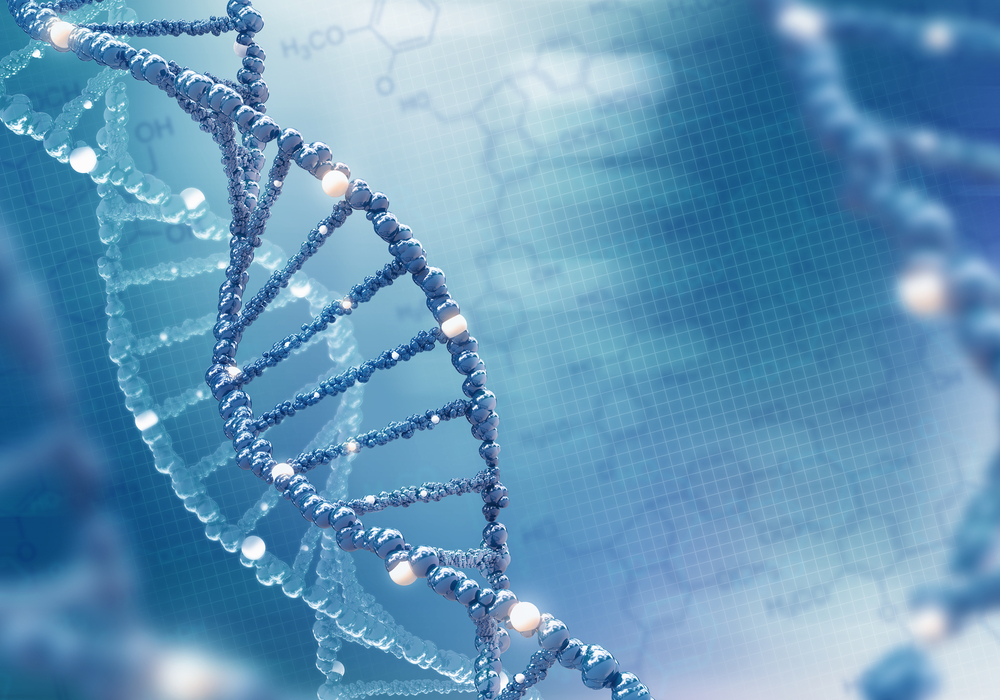Mobile Genetic Elements Crucial for Neuron Development, Study Indicates

Genetic elements that are able to “copy and paste” themselves into different sections of DNA help to control the development of neurons, a new study suggests. Understanding this process could have important implications for designing therapies for neurological conditions such as Parkinson’s disease.
The study, “Transdifferentiation of Mouse Embryonic Fibroblasts into Dopaminergic Neurons Reactivates LINE-1 Repetitive Elements,” was published in Stem Cell Reports.
L1 retrotransposons are genetic elements that are able to “copy and paste” themselves throughout the genome — all of the genetic information contained in our DNA. These elements constitute a large portion (15–20%) of the genome in mammals, including humans.
Normally, the activity of L1 retrotransposons is limited, but previous research has shown that these elements are active during the development of the nervous system. The reasons for this activity, however, have not been well-understood.
In the new study, researchers examined a cell model in which embryonic mouse skin cells (fibroblasts) were directly converted into dopamine-producing neurons by activating a select suite of cellular factors. This model was chosen because it allowed researchers to compare the two cell states (i.e., fibroblast vs neuron) without having a stem cell intermediate. That could make the results harder to interpret, since any observed difference could be the result of going through an intermediate step, not a true difference between the two cell types.
Usually, fibroblasts are first converted into stem cells, called induced pluripotent stem cells, which are then differentiated in the lab to give origin to a number of different cell types, including neurons.
L1 activity was significantly higher in neurons than in fibroblasts from which they originated — that is, there were more copies of L1 elements distributed throughout the genome. Furthermore, when L1 activity was blocked, the fibroblasts were unable to be fully converted into neurons.
These data support the idea that L1 activity is necessary for the development of neurons, substantiating previous findings.
The researchers then sequenced (a type of “genetic mapping”) the cells’ genomes to see where the new L1 elements were being inserted. They found numerous “hotspots,” where L1 elements were most commonly inserted, suggesting that the process isn’t random. Many of these hotspots also were in or near genes that are known to be active in neurons.
“Taken together, these results show that neuronal fate induction is accompanied by L1 retrotransposition, affecting regions of the genome, relevant for neuronal lineage commitment and neuron function,” the researchers wrote.
The researchers also determined that many of these genes (32%) were differentially expressed in neurons compared to fibroblasts; the activity of these genes was significantly different between the two cell types. This suggested that the L1 elements might be controlling the genes’ activity.
Notably, gene expression is the process by which information in a gene is synthesized to create a working product, like a protein.
Further investigation suggested that the insertion of L1 retrotransposons specifically altered DNA accessibility. Within cells, DNA molecules are compacted in loop-like structures. Conceptually, L1 insertion pushes these loops apart, making them less tightly wound. This makes it easier for the cellular machinery that ‘”reads” DNA to get to the part it needs to read, which likely contributes to the alterations in gene expression observed.
This study highlights the importance of L1 elements in neural development, and adds to scientific understanding of how they work.
The findings also could have implications for the development of therapies to treat disease — for instance, cell-based therapies intended to replace dopamine-producing neurons that are lost in Parkinson’s disease.
“Aberrant L1 activity could threaten the viability or safety of any such product, while optimizing L1 function could enhance the manufacturing and consistency of this type of regenerative treatment,” study co-author Francesco Della Valle, PhD, a postdoctoral researcher at King Abdullah University of Science & Technology, said in a press release.






